
I’ve enjoyed reading other blogs‘ fifty-year retrospectives of 1974 albums. It got me thinking about my own list. 1974 was the year of Watergate and the Rumble in the Jungle. It’s also my favourite year for albums, with two of these albums in my all-time top four.
There’s a theme of change running through these records. Stevie Wonder’s perspective changed after a near-fatal accident, while Joni Mitchell embraced jazz. Meanwhile, bands underwent lineup changes, some whittled down to a leaner lineup.
I omitted a bunch of great records that would be a lock for most year’s top tens, including:
- John Cale – Fear
- Jackson Browne – Late for the Sky
- Genesis – The Lamb Lies Down on Broadway
- Gram Parsons – Grievous Angel
- Neil Young – On the Beach
- Roxy Music – Country Life
- Steely Dan – Pretzel Logic.
There are also 1974 records by Frank Zappa, Shuggie Otis, Robin Trower, Jorge Ben, and Camel that I enjoy, but haven’t listened to enough to form a definitive opinion.
10 Best Albums of 1974
#10 Kimono My House by Sparks

Ron and Russell Mael had made two unsuccessful albums when they relocated to England in 1973. They recruited a new band, and their flashy insincerity fitted the burgeoning glam-rock movement. Producer Muff Winwood furnished the cult band with a muscular, accessible sound.
‘This Town Ain’t Big Enough For the Both Of Us’ features Ron’s swirling piano and Russell’s operatic vocals. It was the hit single and leadoff track. But Kimono My House is solid throughout. ‘Amateur Hour’ builds around an exuberant guitar riff, while ‘Falling in Love With Myself Again’ is gently baroque.
Sparks released two great albums in 1974 – Propaganda is also worth your time.
#9 Relayer by Yes
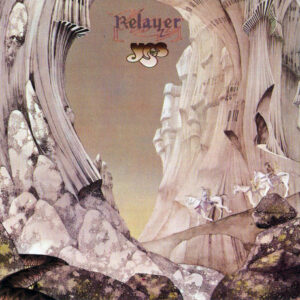
Progressive rock wizards Yes released brilliant records in the early 1970s, culminating in 1972’s Close to the Edge. But 1973’s flabby Tales of Topographic Ocean was a tough listen. Unfortunately, listeners missed the excellent pair of albums that followed it.
Relayer is the only Yes album to feature keyboardist Patrick Moraz, who brings a jazzy flavour. Relayer is the heaviest, most intense album from Yes.
‘Sound Chaser’ is sonic insanity, constantly slowing and speeding up, while remaining catchy. ‘To Be Over’ is a delicate ballad, with more of an Eastern flavour than Yes had displayed previously.
#8 No Other by Gene Clark
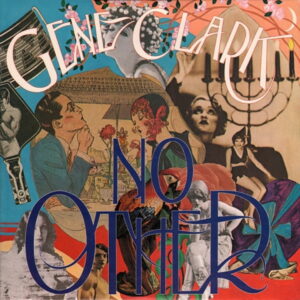
Gene Clark impressed with his songs on the 1973 Byrds reunion album. He was given the green light for an expensive solo album. It wasn’t a success, but its lavish L.A. sheen isn’t far removed from Fleetwood Mac’s mega-successful Rumours.
The title track is a riff-rocker, which escalates into exotic Latin percussion, while ‘Strength of Strings’ is psychedelic and mysterious. ‘From A Silver Phial’ is an amazing piano ballad with Clark piling alliteration into his cosmic musing; “Said she saw the sword of sorrow sunken/In the sand of searching souls.” The swooning ‘Lady of the North’ provides a suitably epic conclusion to a masterpiece.
#7 I Want to See the Bright Lights Tonight by Richard and Linda Thompson
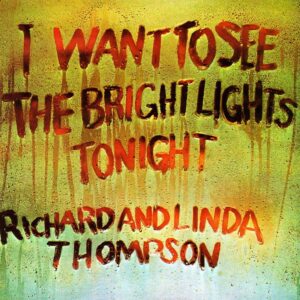
After leaving Fairport Convention, Richard Thompson released the spectacularly unsuccessful Henry the Human Fly. He then formed a duo with his new wife and recorded this debut on a tight budget in 1973. Because of a petrol shortage in England, it was withheld for almost a year.
I Want to See the Bright Lights Tonight successfully balances light and dark. The opener ‘When I Get To The Border’ is a jaunty folk melody enlivened by Richard’s wiry guitar solos and Linda’s harmonies, showing the potency of their musical partnership. The title track is another classic, with its upbeat horn arrangement.
Other songs are more typically dark. ‘The End Of The Rainbow’ is downright glum. An extremely pessimistic Richard tells a newborn infant of the horrors that await it (“There’s nothing at the end of the rainbow/There’s nothing to grow up for anymore”). There’s also the haunting dramatic, Spartan ‘The Great Valerio’.
#6 Queen II by Queen
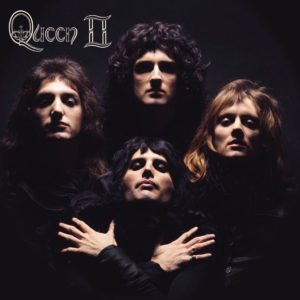
Contrary to the narrative of their biopic, Queen were already successful before ‘Bohemian Rhapsody’. Their second album reached #5 on the UK charts, spawning the #10 hit ‘Seven Seas of Rhye’. It’s surprising this dense concept album became successful – it’s become a cult favourite, beloved by musicians like Axl Rose and Billy Corgan.
Queen II is Queen’s most pretentious and self-indulgent effort. But that isn’t an insult – they’re playing to their strengths, and this album captures them at the height of their creativity. It’s divided into a White Side (mostly written by guitarist Brian May) and a Black Side (written by Freddie Mercury).
The highlight from May’s side is ‘White Queen (As It Began)’, meandering through the most gorgeous melody that Queen ever wrote. Mercury’s side is like a dazzling operetta. ‘The March of the Black Queen’, ‘Ogre Battle’ and The Fairy Feller’s Master-Stroke’ are all multi-part magnum opuses. They’re vastly entertaining, using Queen trademarks like operatic vocals and searing guitars.
Like their glam-rock contemporaries Sparks, Queen released two great albums in 1974 – Sheer Heart Attack is also excellent.
#5 Good Old Boys by Randy Newman
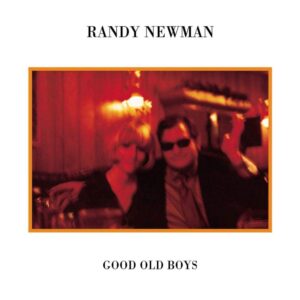
Randy Newman originally planned his fourth album as a concept album about a resident of the Deep South. The original title was Johnny Cutler’s Birthday. Its focus expanded, but Cutler’s perspective remained. Newman embraces full-band arrangments more than on his previous solo records.
The most provocative is the opener ‘Rednecks’. Newman has valid points regarding the hypocrisy of race relations between the north and south of the USA. But the use of the n-word is disorienting if you’re not listening properly.
‘Marie’ is genius songwriting, with Cutler professing his love for Marie despite his numerous shortcomings (“When you’re in trouble I just turn away”), backed by gorgeous orchestration. Newman digs into US history with the beautiful ‘Louisiana 1927’, while ‘Mr President (Have Pity on the Working Man)’ is a contemporary plea to Richard Nixon.
#4 Red by King Crimson
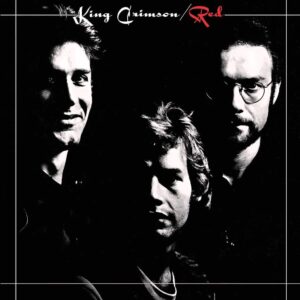
David Cross was ejected from King Crimson after Starless and Bible Black. This left the group as a power trio for Red, their final album before a seven-year hiatus. Guitarist Robert Fripp is joined by bassist/vocalist John Wetton, and drumming virtuoso Bill Bruford. The result is King Crimson’s toughest, heaviest album.
The instrumental title track and ‘One More Red Nightmare’ are both evocative and intense; the former spirals out of control, while the latter is a paranoid account of a fear of flying. ‘Fallen Angel’ starts off as a delicate ballad. But it ends up as intense as everything else with Fripp’s dissonant one-note lead spicing up the chorus. The majestic closer ‘Starless’ is the standout track on an excellent album. The first five minutes consist of a lovely jazzy piece, merely an entree for the stunning instrumental climax.
#3 Fulfillingness’s First Finale by Stevie Wonder
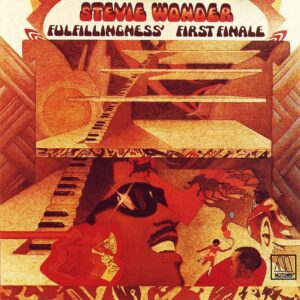
Three days after the release of Innervisions, Stevie Wonder was involved in a car accident. He was fortunate to survive and went through a lengthy period of rehabilitation. Perhaps unsurprisingly, the resulting Fulfillingness’ First Finale is a downbeat and personal album.
It topped the charts and won a Grammy, but Fulfillingness is the overlooked gem in Stevie Wonder’s magnificent 1970s run. Wonder contemplates mortality on ‘Heaven Is 10 Zillion Light Years Away’ and ‘They Won’t Go When I Go’. There’s still social commentary, with Wonder criticising Nixon on ‘You Haven’t Done Nothin”, but most of the album is subdued. The most distinctive song is ‘Creepin”, with its stripped-down and unsettling groove.
#2 Court and Spark by Joni Mitchell
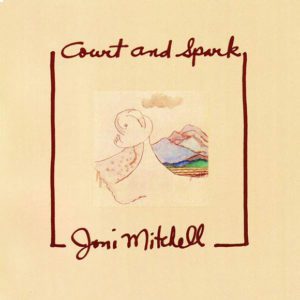
Joni Mitchell was an accomplished singer-songwriter and folk musician by 1974. She’d already written standards like ‘Both Sides Now’ and ‘Big Yellow Taxi’.
Mitchell complained that she disliked the bass players she’d tried to record with. She described them as placing “white picket fences” through her music. Her friend suggested she try working with jazz musicians instead. On Court and Spark Mitchell works with the jazz band The LA Express. It has fuller arrangements than her previous records but retains her eloquent vulnerability.
The single ‘Help Me’ sounds more like a hit than anything else in Mitchell’s catalogue. ‘Free Man in Paris’ soars in the chorus with Crosby and Nash on backing vocals. ‘Car On A Hill’, about being stood up on a date by Jackson Browne, is the centrepiece. But my favourite is the opening title track, a low-key piano piece.
#1 Radio City by Big Star
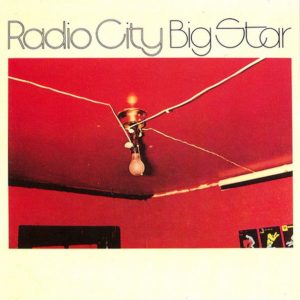
Big Star‘s first album sank without a trace, a victim of poor distribution and promotion. Co-leader Chris Bell left the band, leaving them as a three-piece. Radio City retains some prettiness from #1 Record, but it’s rougher around the edges. Leader Alex Chilton uses first-rate vintage guitar tones, while Jody Stephens’ drumming is dynamic and idiosyncratic.
The slower songs like ‘Daisy Glaze’ build to a crescendo, while ‘Mod Lang’ and ‘O My Soul’ rock relentlessly. Bassist Andy Hummel co-wrote nearly half of the songs and sings lead on the outstanding ‘Way Out West’, ‘September Gurls’, and ‘Back of a Car’ should have been hit singles. The nasty ‘Life is White’, an answer to ‘My Life is Right’ from #1 Record, is a wonderfully melodic rocker.
Did I omit or underrate your favourite album of 1974?
Read More
17 Comments
Leave a Reply
Read about the discographies of musical acts from the 1960s to the present day. Browse this site's review archives or enjoy these random selections:
I add new blog posts to this website every week. Browse the archives or enjoy these random selections:
Subscribe
Subscribe to receive new posts from Aphoristic Album Reviews.





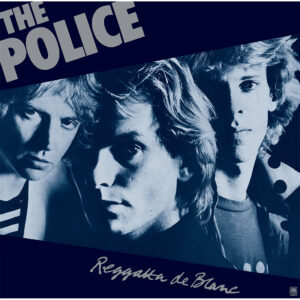
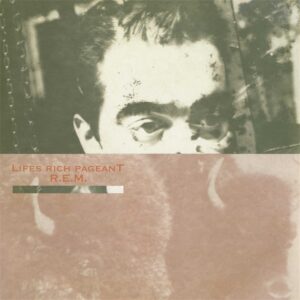
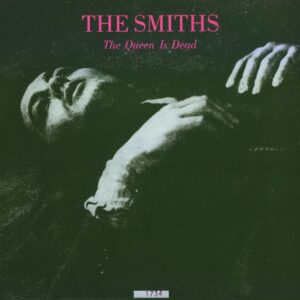
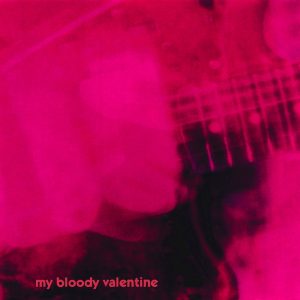
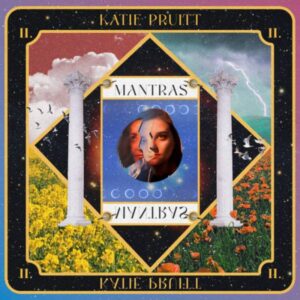
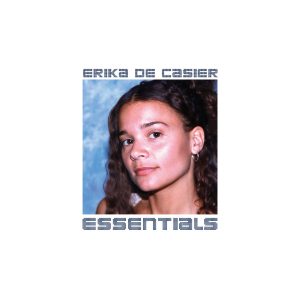
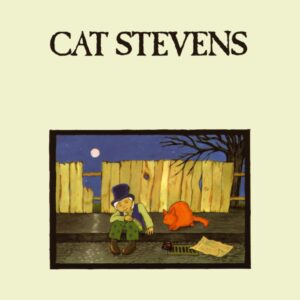
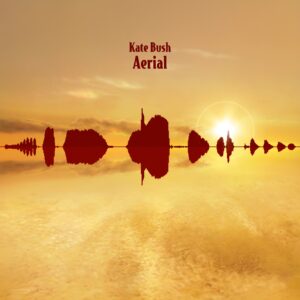
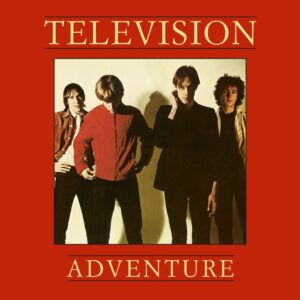
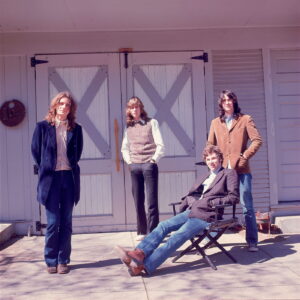
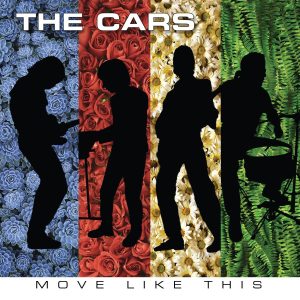
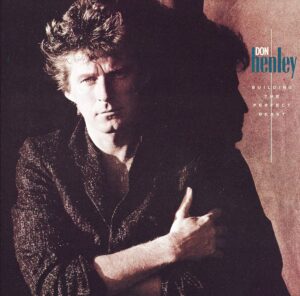
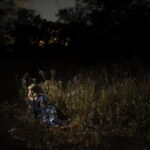



Good list. There was a lot of great music coming out in 1974. My top favorite six albums for that year were “Court and Spark” (Joni Mitchell), “Pretzel Logic” (Steely Dan), “Second Helping” (Lynyrd Skynyrd), “461 Ocean Boulevard” (Eric Clapton), “Crime of the Century” (Supertramp) and “The Lamb Lies Down on Broadway” (Genesis). The albums by Big Star, Stevie Wonder, Queen and Yes would have been good contenders for a broader top 10 list.
It’s cool you like Court and Spark – when I first bought it on CD, around my early 20s, I didn’t listen to anything else for a couple of weeks.
I should listen to Second Helping and Crime more – I’ve heard them both, but not enough to form an opinion.
I was 17 in 1974 and was busy exploring music amongst other exciting distractions……
On the basis of what I now play:
1 Bridge of Sighs – Robin Trower
2 Court and Spark – Joni Mitchell
3 Pretzel Logic – Steely Dan
4 Sunday’s Child – John Martyn
5 I Want to See the Bright Lights Tonight – Richard and Linda Thompson
6 Crime of the Century – Supertramp
7 Taking Tiger Mountain – Brian Eno
8 Kimono My House – Sparks
I wish I knew some more of your top ten better and, if I were to add others I used to listen to, 461 Ocean Boulevard and Diamond Dogs would feature.
If it were what do I think is the most important, it would be Bright Lights but it is emotionally severe and I usually listen to individual tracks. It is the most accomplished and brilliant but a tough listen……
I was -5 in 1974.
I’ve only just got into Bridge of Sighs this year. Not really into blues-based rock sometimes, but it’s really good.
For some reason, I’ve never got into Taking Tiger Mountain as much as Eno’s other 1970s vocal albums. Another Green World is probably my favourite from 1975, and Before and After Science will rank high in 1977.
I need to listen to Crime of the Century more – you’re the second person to mention it.
My favourite album from 1974 is still Wings- “Band on the Run.”
I think it was the best-selling album of the year in the UK and Australia – but actually released in late 1973.
I want to investigate ” I Want to See the Bright Lights Tonight” more than I have. The one album I don’t know is #10.
I would have to include Eric Clapton’s 461 Ocean Boulevard and Gram Parsons – Grievous Angel….and as far as rock goes Lynyrd Skynyrd – Second Helping….but a great list and I totally agree with your #1 obviously.
I’ve been reviewing Sparks’ discography at the moment – they’re like the ultimate cult band. Some of their stuff from the mid-1970s might fit into your blog’s territory though as it pushes toward power-pop/glam a little. Songs like ‘This Town Ain’t Big Enough’ or ‘At Home, At Work, At Play’.
The reason I found out about the Sparks was because of Paul McCartney’s Coming Up video which they parody their keyboard player. I woudn’t mind looking at them either….I never heard much from them.
They were pretty big in the UK around 1974. They seem like a UK band, even though the Maels are Californian.
10,9,7,5,4, 1 and the 7 you listed at the top are all i my pile.
I didn’t know you were into Sparks. Have you heard the Gene Clark?
I had a friend who would turn me onto off beat bands when they came on the scene. I remember when he got me into this and Eno’s Warm Jets.
Yes on Clark but havent spent a lot of time. Delve in when reminded by folks like yourself.
(Glad my comments are coming through. I didnt know for sure if they took or not)
Yeah, I guess Eno and Sparks would have both been obscure in the US – probably both sold well in UK?
Sometimes the cache displays an older version of the page so it doesn’t have to rebuild every time – a bit annoying for comments though.
Especially great to see Big Star and Gene Clark albums, both critically respected but missed mainstream success. I’d probably have “Pretzel Logic” in there, maybe #1, but your choices are spot-on.
Nick Drake, in a similar boat, will feature on other 1970s lists.
Pretzel Logic is a little inconsistent for me, especially toward the end. I’m sure their 1976 and 1977 albums will feature on those years.
Yes, the last three songs of “Pretzel Logic” aren’t their best. Nick Drake? If only he could’ve known the adulation he now has. Speaking of which, one of Drake’s mentors, Bert Jansch, released a darn good solo LP in ‘74 (“L.A. Turnaround,” Mike Nesmith producing).